Las Vegas is currently one of two cities in the U.S. allowing for consumer testing of driverless ridesharing cars. But the city got a look at another driverless option in getting around the city from CES2019 recently: the driverless heli-taxi. While the annual Consumer Electronics Show presented a prototype of the new aerial hybrid vehicle currently in development, it also brought a spate of debate about the future of urban and the seemingly impossible solutions.
Imagine this: at a time in the not too distant future, a traveler, a commuter, a group of friends, a person in a hurry will be able to choose on the spur of the moment to hail an air taxi from a nearby rooftop and take that taxi to another rooftop nearby, or to the airport or even to some skyport on a highrise rooftop of another nearby city. Trips that could take 45 minutes to hours, depending on traffic, would be on-demand and at the click of an app, relegated to minutes and supplied by … naturally, Uber. The concept of Uber Air is quite real, according to Uber executives and others in attendance at this year’s CES and the grand moves have been stirring a tornado of questions, concerns and awe.
Robin Lineberger, global aerospace and defense leader at Deloitte, cited a survey of nearly 11,000 car buyers globally showed that people believe the air vehicles concept, piloted or autonomous, to be a viable and safe way to beat transport congestion. Some 52 percent admitted they did not yet agree that the concept is a strong solution to urban and suburban congestion. Twenty-four percent did not see it as a viable alternative at all and 28 percent were undecided. A fifth of the respondents believed they would, indeed, be safe riding in an air taxi concept.
Uber Visions
Uber, the ride share company that upended the stranglehold taxi lobbies have been placing on the way people get around, is valued at as much as $120 billion for its IPO, according to Bloomberg, and can well afford the partnerships and R&D in process currently.
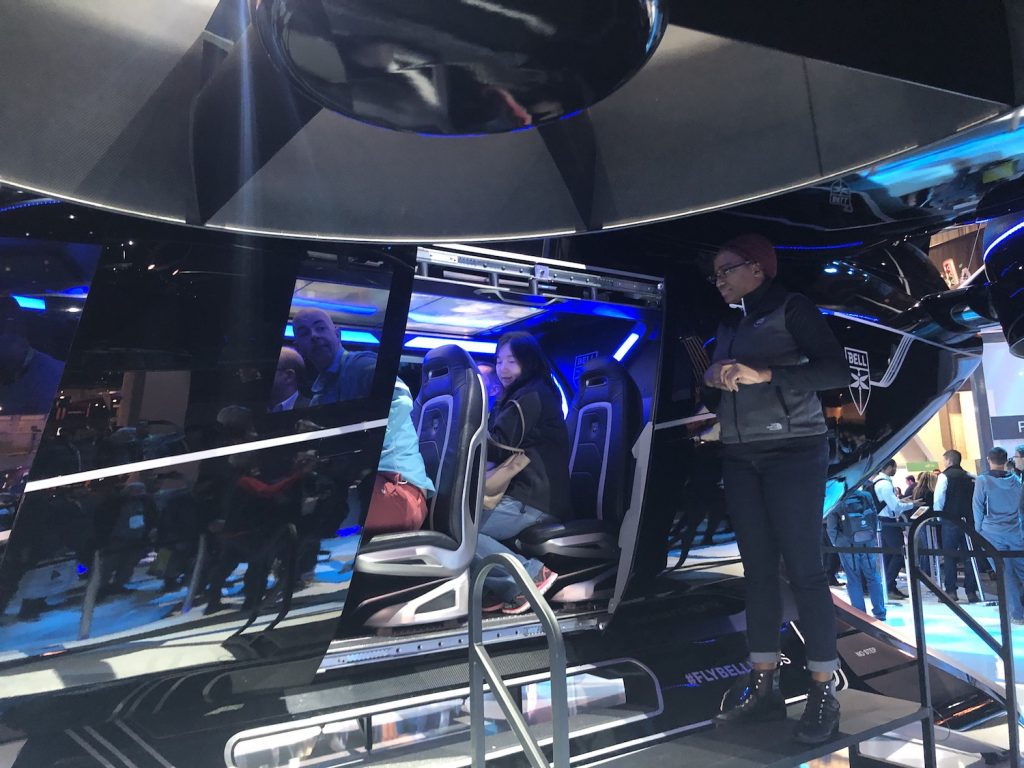
At CES2019 this month in Las Vegas a massive black apparition that seemed part drone, part helicopter and part SS Enterprise made its way to the show floor for an exquisite peek at what the future may bring. The item, called Nexus, is in development at Bell Helicopter, and uses electric vertical take-off and landing (eVTOL) technology that is in process through participating partners, such as Aurora Flight Sciences, Pipistrel, Embrauer, Mooney, Karem, and Boeing.
The Bell Nexus weighs 6,500 lbs., seats five people with a total weight of up to 600 lbs., and uses articulated ducted fans to propel itself through the air. It runs on a hybrid fuel solution with eyes toward a total electric energy model. The Nexus was presented as part of a string of drone style products that will one day take up the air space with medical and security applications and package deliveries as well as people deliveries.
“It has to scale and be affordable, otherwise it does not do what it is supposed to do,” said Tom Prevot, Uber’s director of engineering and aerospace systems. “We’re working with building and manufacturers for this but it needs to be quiet and effective. Public acceptance is a big issue.”
Uber hopes to see its vision of Uber Air come to life by 2023 and plans to start air testing the hardware by 2020. But whether these air taxis will fly is another story. First, there is the question of the public. These taxis aim to be driverless and will have to rely on a robust infrastructure of eVTOL stations and operations and air monitoring technology to make a simple two-mile flight. Second, there are volumes of regulatory measures that must be passed and put into place. Third, there is always the question of whether the public will buy into it.
Human Sensibilities
Julie Richman, Chief Innovation and Technology Officer for the city of Boulder, Colo, is helping to smooth the way for a Denver to Boulder Hyperloop test track. The Hyperloop, popularized by SpaceX founder Elon Musk, is a concept based on vacuum-sealed tubes that electromagnetically push pods from city to city at speeds of 670 miles per hour, according to Los Angeles-based Hyperloop One. The company was renamed Virgin Hyperloop One recently after Richard Branson’s Virgin Group made a strategic investment.
“We are looking at this from a human scale – is there equity involved. We see this mostly as a service that will cater to the elite and we are not seeing it as a solution that will benefit transit in poor communities. Then you have ‘the last mile problem,” she says. “Finally, you have privacy issues and noise issues. These need to be regulated for citywide uses.”
Uber Air is not the first vision the world has been presented with in selling the concept of “flying cars.” The Chinese company Ehang was the first to show off its prototype at CES in 2016. That model was made as a personal drone that would ride like a car and suddenly convert into a personal flight machine as needed, all the while fitting neatly into a regular-sized parking space or garage. Currently, it is reported that at least 19 companies are in the process of developing a flying car. These include such top aviation companies as Boeing and Airbus, and not to mention Kitty Hawk, a relatively new start-up owned by Google’s Larry Page.
An onerous obstacle course of FAA hurdles is necessary to jump before any personal or on-demand piloted or driverless air transport solution hits the air. Chris Metts, a transportation/aviation specialist from Deloitte, commented that the FAA oversees the largest and safest air system in the world.
“That’s a high bar if you are looking to be approved by this agency. Regulatory efforts are significant and difficult. Something you purchase today may be deployed until ten years from now and that may, at that time, be in an environment that makes it obsolete,” said Metts.
Added Uber’s Tom Prevot: “We are on the verge of an era when technology for this model is quiet, scalable, safe and integratable. We are looking at a 2023 timeline for Uber Air. Meanwhile, we are focused on our electric (driverless) vehicles.”

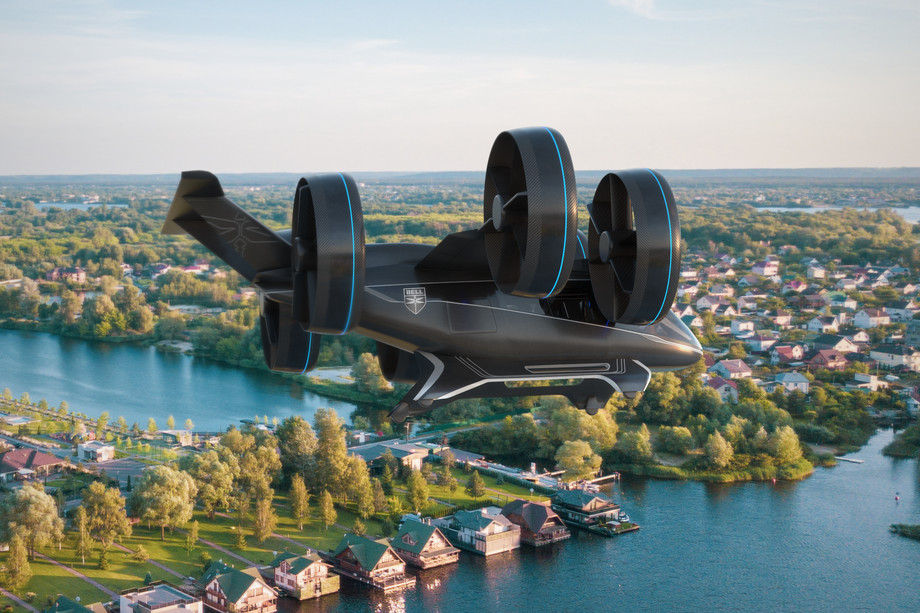










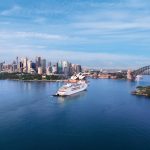






































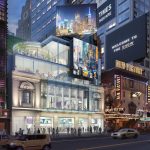



















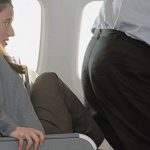

























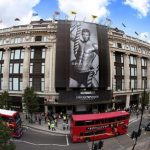














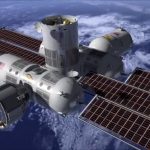



























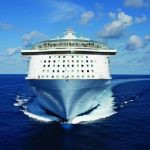


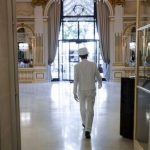




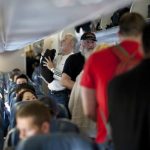






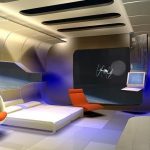















































































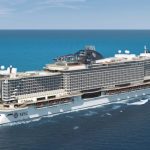













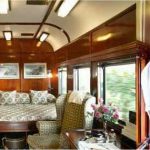



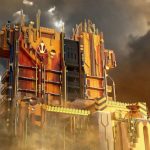
















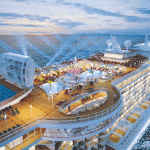












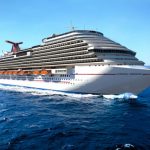




Get Social